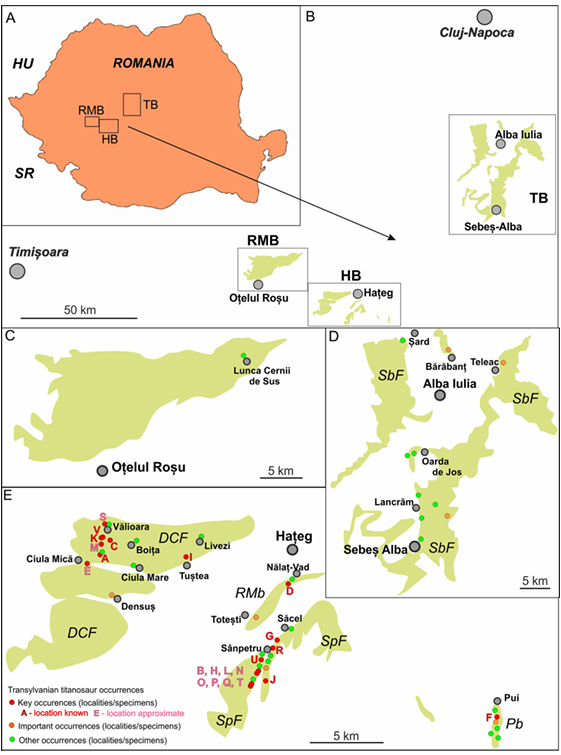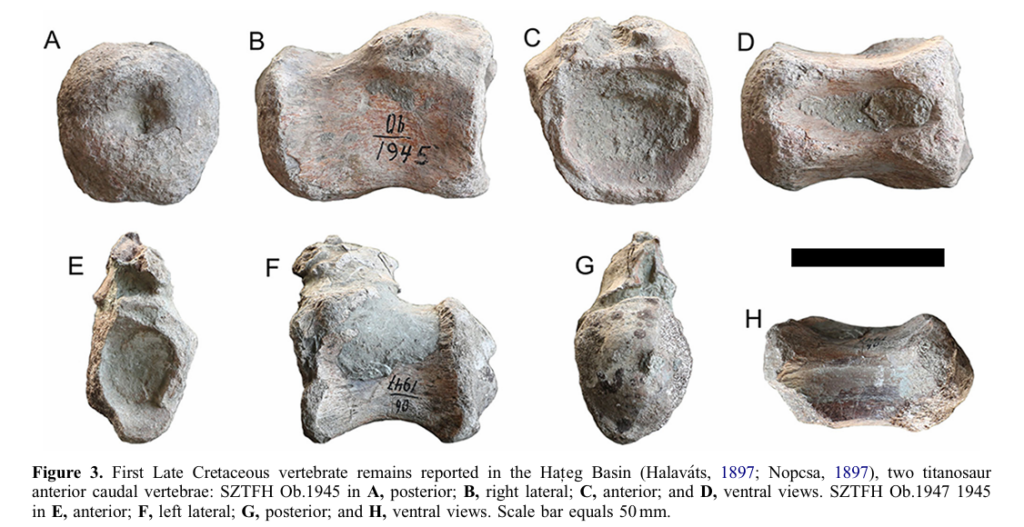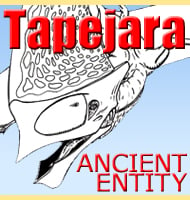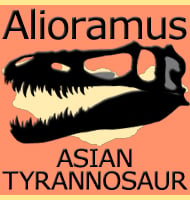Giant dinosaurs once roamed Romania! But now, scientists are taking a closer look at bones found in Romania.
This discovery is very important. It helps us understand what happened to dinosaurs before they all died. The fossils found in Romania show Europe was an island with unique dinosaur species.
- Uriash kadici: One of the biggest dinosaurs in Europe lived here.
- Magyarosaurus dacus: A smaller, ‘dwarf’ dinosaur also lived on the island.
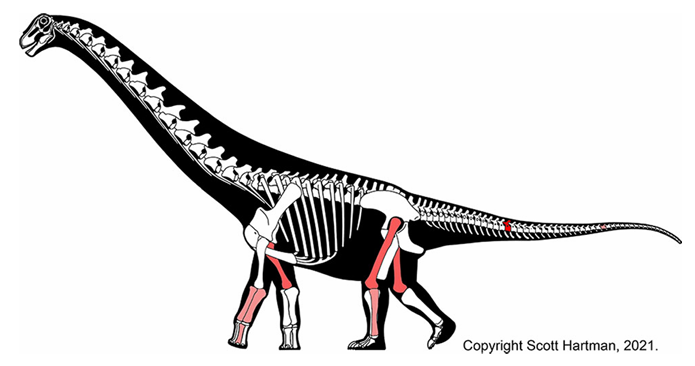
Scientists looked at hundreds of bones to figure out what kinds of dinosaurs lived in Romania.
They found four different types of titanosaurs:
- Magyarosaurus dacus
- Paludititan nalatzensis
- Petrustitan (‘Magyarosaurus’) hungaricus
- Uriash kadici
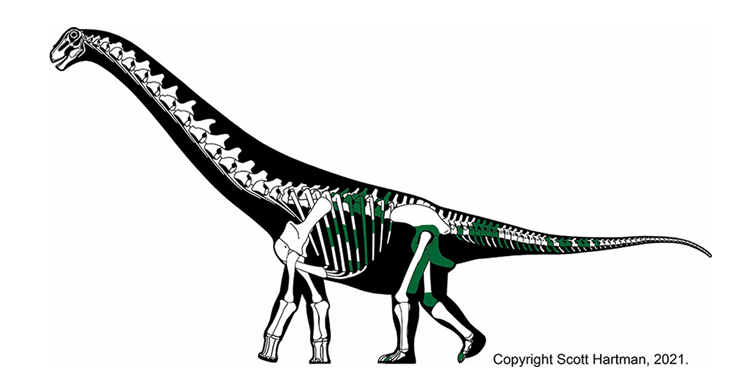
These dinosaurs lived about 66 million years ago. Back then, Romania was an island called Haţeg Island.
Dinosaurs Fossils helps us understand how animals lived on islands. Sometimes, animals on islands get very big or very small.

The size differences could be because big dinosaurs couldn’t get smaller because of competition with the smaller dinosaurs. Or, some dinosaurs got small much earlier than others.
The fossils were found in a place called the Haţeg Basin. This area has lots of old bones from the time of the dinosaurs.
One of the biggest dinosaurs was named Uriash kadici. It was much bigger than the other dinosaurs on the island. The scientists think Uriash was a new type of dinosaur because its bones are different.
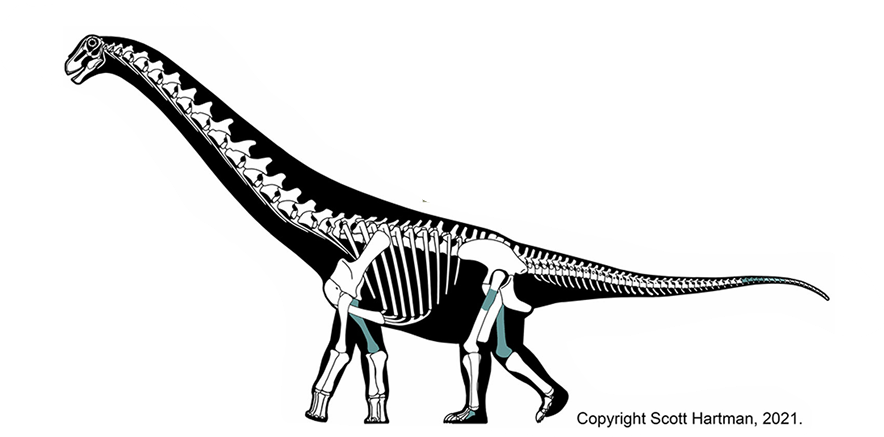
Other scientists thought the small bones were just young dinosaurs. But scientists studied the bones and found they were from adult dinosaurs that were just small.
These small dinosaurs are an example of island dwarfism. This means that animals get smaller when they live on islands because there isn’t as much food.
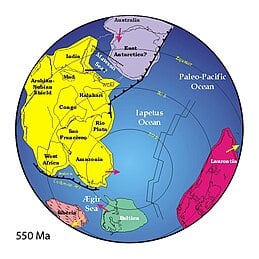
The scientists think these dinosaurs came from other places. Some may have come from Gondwana, a supercontinent that included South America. Europe and South America were connected a long time ago.
This new study also helps to understand where these dinosaurs fit in the dinosaur family tree. The relationships of these titanosaurs have implications for broader titanosaurian evolution and biogeography.
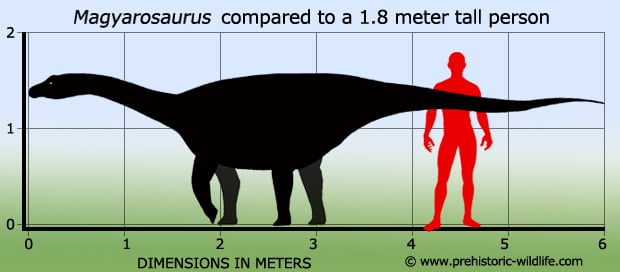
The scientists’ new analysis supports the idea that the dinosaurs in Europe came from Gondwanan lineages. These lineages likely moved into the area during the Barremian-Albian ages.
Discovering these New dinosaurs helps us understand how dinosaurs lived and died a long time ago. Detail Study is Published in Journal of Systematic Palaeontology (2025).

